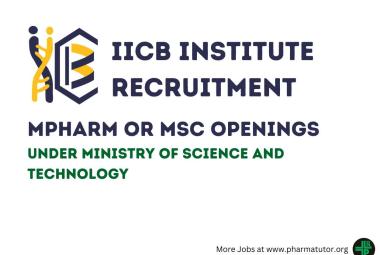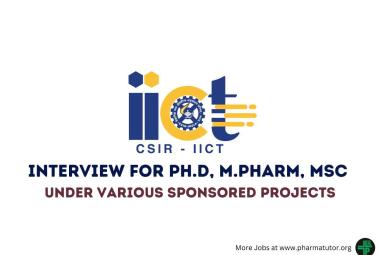MICROSPHERES AS HYDRODYNAMICALLY BALANCE SYSTEM
{ DOWNLOAD AS PDF }
About Authors:
Rohit Kumar Ahuja*1, Surendra Singh Saurabh1, Poonam Choudhary1, Aniket Singh Chouhan1, Kamal Singh Rathore2
1 Lachoo Memorial College of Science and Technology (Pharmacy Wing) Sector-A, Shastrinagar, Jodhpur (Raj.) 342003, IND.
2 BN Institute of Pharmaceutical Sciences, Udaipur (Raj.) 313002, India
rohitahuja1111@gmail.com
Abstract:
To build up an oral drug delivery system, it is essential to optimize both release rate of drug and residence time of system within gastrointestinal tract. In oral path difference in gastric physiology such as gastric pH and motility display variability on gastric residence time (GRT) and drug delivery actions. Several approaches are currently utilized in the prolongation of the GRT including hydrodynamic balance systems (HBS), swelling and expanding systems, polymeric bioadhesive systems, high-density systems, modified-shape systems and other delayed gastric emptying devices.One such approach is Floating Microspheres (Hollow Microspheres). Floating microspheres are gastro-retentive drug delivery systems based on non-effervescent approach. These microspheres are characteristically free flowing powders made of proteins or synthetic polymers, ideally having a size less than 200 micrometer. Gastro-retentive floating microspheres are low-density systems that have sufficient buoyancy to float over gastric contents and remain in stomach for prolonged period. The drug is released slowly at desired rate resulting in increased gastric retention with reduced fluctuations in plasma drug concentration. Floating microspheres improve patient compliance by decreasing dosing frequency and better therapeutic effect of short half-life drugs can be achieved. Floating microspheres are characterized by their micromeritic properties such as particle size, tapped density, compressibility index, true density and flow properties including angle of repose, scanning electron microscopy, in vitro floatability studies, in vitro drug release studies and stability studies etc.











.png)

